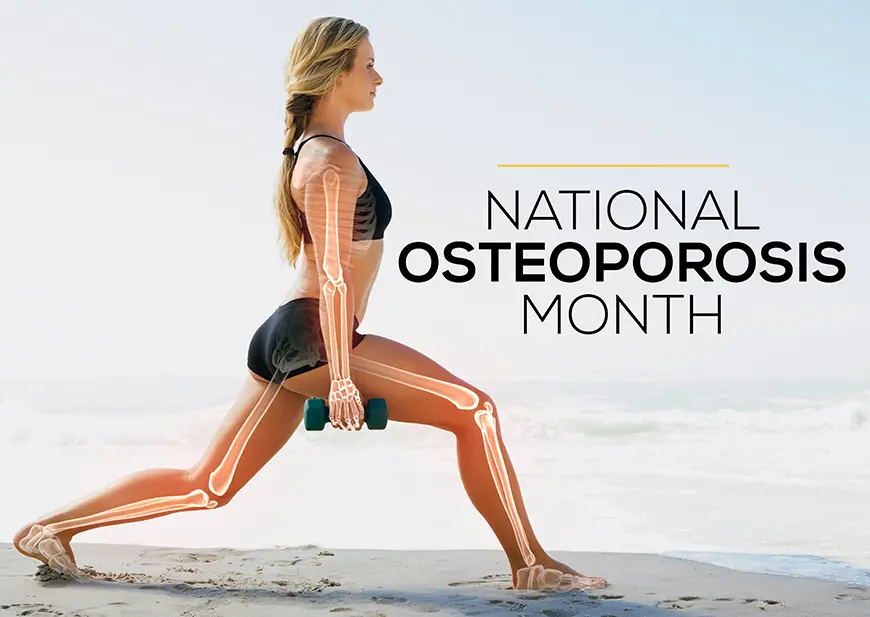Bones and Your Immunity
- Skeletal health and your immune system are integrally connected.
In fact, your bones wouldn’t grow properly without input from your immune system. Osteoimmunology is an active field of research studying their interactions. The microarchitecture of your bones is constantly changing, and this is affected not only by the immune system but also your diet, endocrine system, physical activity, and even emotions. In the past many people thought of the bones as rigid, but our bones are actually living tissue with their own blood vessels and cells that change and remodel over time. - Remember your immune cells form in bone marrow.
The connection between them runs deep – blood cells, including the white blood cells of the immune system, are born in your bone marrow. Strong healthy bones offer the best protection and environment for these young cells to develop. Osteoblasts, which form bone, are critical regulators of the stem cells from which all blood and immune cells are derived. Bone and immune cells coexist in this micro-environment and work together. - Our immune cells and bone cells help regulate each other’s function.
Osteoimmunology researchers have recommended that because bone and immunity cell function overlaps in so many ways, they should be viewed as one integrated system. Aside from the systemic impacts of inflammation on bone resorption, which is an indirect effect of an inflammatory response from the immune system, there are direct interactions between the cells.Specifically, osteoclasts are derived from the same precursors that build some immune system cells (macrophages and dendritic cells). Immune system cytokines are required to activate the process that draws and attaches these breakdown cells to the bone surface. Balance must be maintained between osteoblasts that help build bone and the osteoclasts that play a part in the reabsorption of bone. When the rate of reabsorption is too high, the result is a loss of bone mass, as seen in osteoporosis and rheumatoid arthritis. - Not all physical activity benefits your bones and immunity equally.
While researchers have shown exercise to have a positive correlation with improved health and immunity, not all physical activity is equally beneficial. Studies have shown that low biomechanical load exercises such as swimming and cycling have little or no effect on increasing bone mass – while prolonged intense training can increase infection risk. It is instead recommended that a balanced program incorporating weight bearing or mechanical loading be used to achieve improved skeletal strength. This is because the load or pressure on the bone signals the brain that bone strength is needed. - Improve your bone health and protect your immune system.
Most people don’t know that the greatest effect on bone health is high impact activity. Running, walking, and some other exercises may seem like they are “high impact,” but they aren’t enough to make a significant difference. Scientists have determined that the amount of weight bearing load needed to stimulate bone building is 4.2 times your body weight. While gymnasts are able to achieve this, it’s not generally feasible for the average person. Osteogenic loading programs such as OsteoStrong use cutting edge technology to allow users to experience impact emulation of multiples of their body weight safely and effectively.
